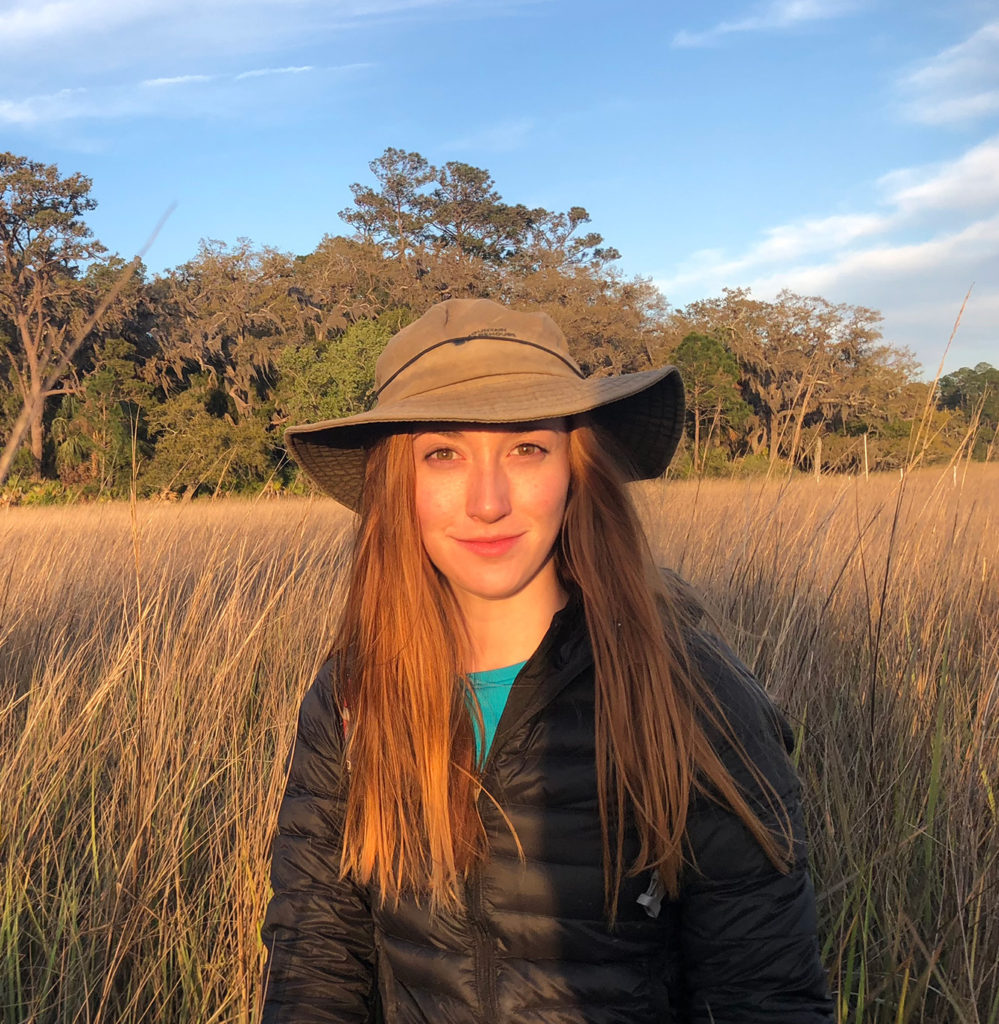
M.S. Candidate, Villanova University
2019 Conference Travel Grant Type 2 (Mangrove & Macrobenthos Management)
Mangroves on the Move: Investigating the Effects of Mangrove Invasion on Soil Processes along the Eastern Florida Coastline
“Both mangrove wetlands and salt marshes are highly productive ecosystems that provide valuable ecosystem services like flood protection and carbon storage. These services are tightly linked to the structure and functional ecology maintained by foundational plant species. Mangrove wetlands and salt marshes support different ecological communities, and therefore could have different impacts on ecosystem processes. Along the eastern Florida coastline, mangroves are rapidly encroaching northward into territory previously inhabited by temperate salt marsh ecosystems due to decreasing frequency of freeze events. It is currently unknown how these shifts in dominant coastal vegetation will impact “on the ground” processes within these ecosystems, such as decomposition and root growth. In order to understand how soil processes may or may not change as a result of vegetation shifts, I investigated belowground root and soil processes at eastern Florida field sites along marsh-to-mangrove gradients, both with and without experimental warming. I also measured soil respiration rates and 13C partitioning within greenhouse mesocosms. The black mangrove Avicennia germinans and the marsh grass Spartina alterniflora utilize different photosynthetic pathways (C3 and C4 pathways, respectively). Therefore, stable carbon isotope signatures can be used to distinguish the fractions of respiration contributed by the plants or by the soils they are grown in – derived either from mangrove or marsh vegetation. Working closely with the Guana Tolomato Matanzas National Estuarine Research Reserve, we hope to provide valuable information to local land managers and environmental education programs regarding the future of coastal wetland structure and responses to global change factors.”
